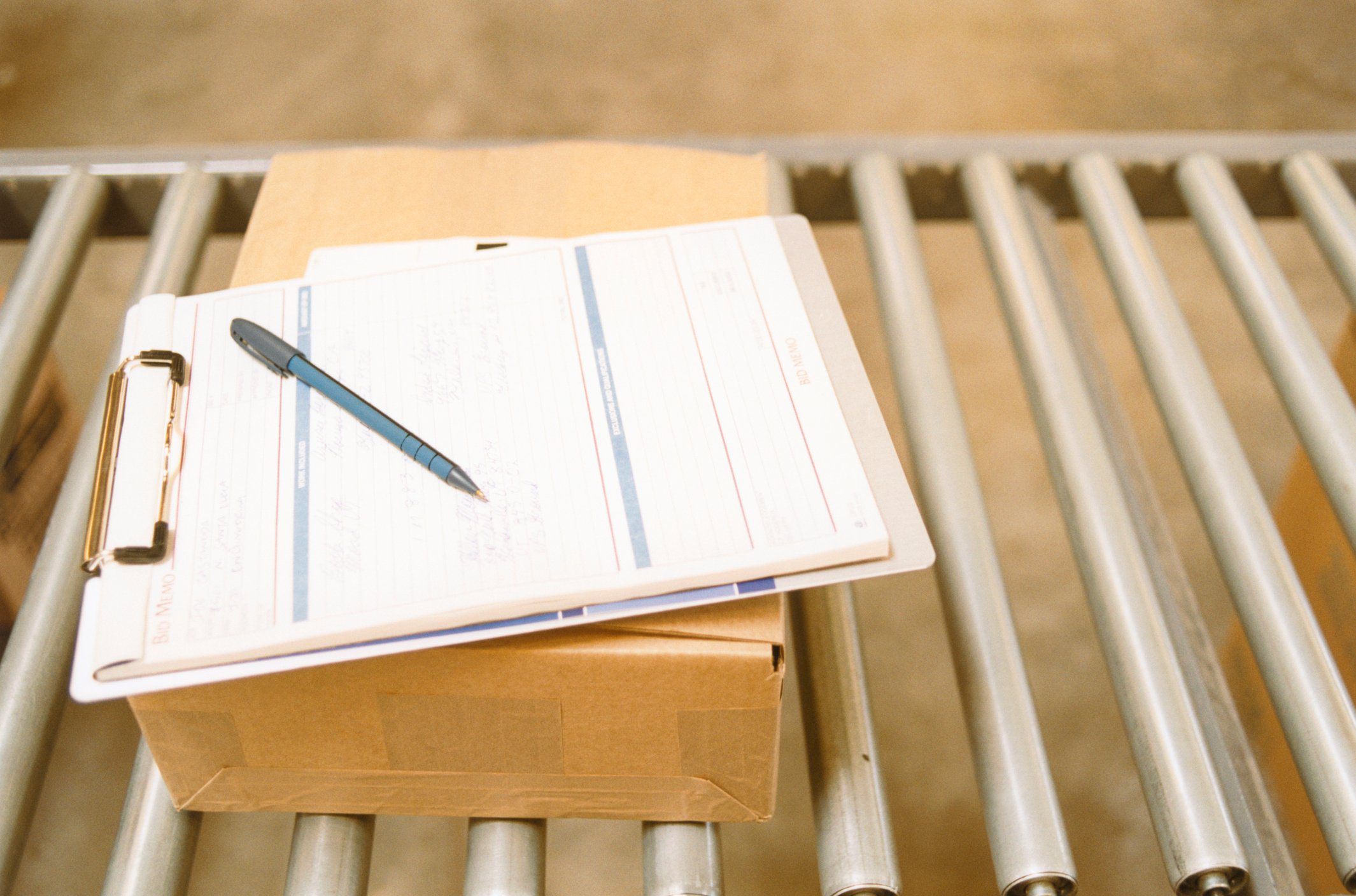30 Oct Deciphering the Ultimate Consignee
When it comes to importation and navigating the complex web of regulations, it's essential for freight forwarders and all parties involved to understand their roles and responsibilities. One crucial aspect...








